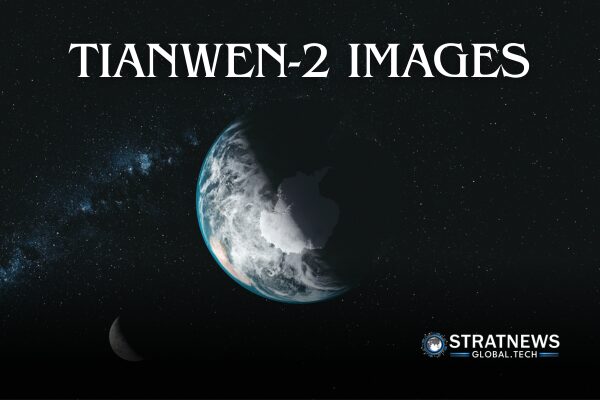In a striking demonstration of technological precision and deep-space capability, the China National Space Administration (CNSA) released high-resolution images of Earth and the moon taken by the Tianwen-2 probe, currently in orbit far beyond Earth.
Crystal-Clear Images from Deep Space
The images—captured using the probe’s narrow-field-of-view navigation sensor—depict Earth and the moon as seen from approximately 590,000 kilometers away. These visuals were transmitted back to Earth and processed by scientific teams, marking a key milestone in China’s second interplanetary mission.
Tianwen-2: Still Going Strong Beyond 12 Million Kilometers
The Tianwen-2 probe, launched on May 29, 2025, has now spent more than 33 days in orbit and has traveled over 12 million kilometers from Earth. According to CNSA officials, the spacecraft remains in optimal working condition as it continues its journey through deep space.
A Dual-Target Mission to Unlock Solar System Secrets
Unlike its predecessor, Tianwen-1, which focused on Mars, Tianwen-2 is on a more ambitious trajectory. The mission aims to collect samples from the near-Earth asteroid 2016HO3 and later explore main-belt comet 311P—a target located beyond Mars. Over the span of a decade, this sample-return mission is expected to provide unprecedented insights into the formation of asteroids and the early solar system.
Tianwen-2: Validating Navigation Through Visuals
Experts believe these Tianwen-2 images of Earth and Moon also serve a broader purpose: validating the probe’s navigation and imaging systems, critical for its complex, multi-phase mission. The sharpness and clarity of the images support confidence in the spacecraft’s instrumentation, vital for future operations such as precision landing and sample collection.
China’s Expanding Role in Interplanetary Exploration
As global interest in asteroid mining and deep-space science intensifies, China’s Tianwen-2 adds considerable momentum to humanity’s collective space exploration ambitions. The newly released images don’t just document the cosmos—they underscore China’s growing capability in interplanetary missions and its commitment to space science.


